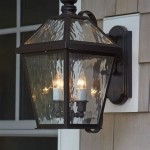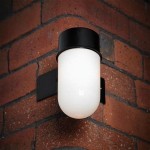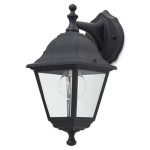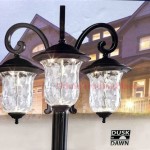Outdoor Tennis Court Lighting Standards
Proper lighting is crucial for enjoyable and safe nighttime tennis. Whether for a private court or a public facility, understanding and implementing appropriate lighting standards ensures optimal visibility, minimizes glare, and enhances the overall playing experience. This article explores the key considerations and standards involved in illuminating outdoor tennis courts effectively.
Light Level Requirements
One of the most critical aspects of tennis court lighting is achieving adequate light levels. The Illuminating Engineering Society (IES) provides recommended light levels measured in footcandles (fc) or lux. These recommendations vary based on the classification of the court, from recreational play to professional competition. Generally, higher levels of illumination are required for competitive play to allow players to accurately track the ball at higher speeds. Recreational courts may require lower light levels. Consulting the IES standards is essential for determining the appropriate lighting levels for a specific application.
Uniformity of Illumination
Achieving uniform light distribution across the court is just as important as overall light level. Uneven lighting can create shadows and dark spots, hindering players' ability to see the ball clearly. Uniformity is measured by the ratio of minimum to average light levels. A higher uniformity ratio indicates more even lighting, promoting a consistent playing experience across the entire court surface. Proper fixture placement and aiming are crucial for maximizing uniformity.
Glare Control
Minimizing glare is a key consideration for player comfort and performance. Glare occurs when bright light sources directly or indirectly interfere with vision. Tennis court lighting should be designed to minimize both direct and reflected glare. Strategies for glare control include careful selection of fixture types, shielding, and aiming adjustments. Directing light downwards towards the court surface and away from players' lines of sight helps reduce glare significantly.
Color Rendering Index (CRI)
The color rendering index (CRI) measures a light source's ability to accurately reproduce the colors of objects compared to natural light. A higher CRI indicates better color rendering. For tennis courts, a good CRI is essential for players to easily distinguish the ball against the court surface and surrounding environment. Choosing light sources with a CRI of 70 or higher is generally recommended for optimal visibility and a natural playing experience.
Light Source Selection
Several types of light sources are suitable for illuminating tennis courts. Historically, metal halide and high-pressure sodium lamps were commonly used. However, LED technology has become increasingly popular due to its energy efficiency, long lifespan, and improved controllability. LEDs offer precise light distribution, excellent color rendering, and the ability to dim or instantly switch on/off, making them a highly effective and sustainable choice.
Fixture Placement and Mounting Height
The placement and mounting height of lighting fixtures are crucial for achieving optimal illumination and uniformity. Fixtures should be positioned strategically around the perimeter of the court to minimize shadows and provide even coverage. The mounting height should be sufficient to illuminate the entire playing area without creating excessive glare for players. Consulting lighting design professionals is recommended to determine the appropriate fixture placement and mounting height for specific court dimensions and lighting requirements.
Energy Efficiency and Sustainability
With increasing emphasis on environmental responsibility, energy efficiency is a key factor in tennis court lighting design. LED technology offers significant energy savings compared to traditional lighting options. Incorporating energy-efficient fixtures and controls, such as dimming systems and motion sensors, can significantly reduce operating costs and minimize environmental impact. Utilizing lighting controls can also extend the lifespan of the lighting system by reducing operating hours.
By adhering to these lighting standards and considerations, tennis court owners and operators can ensure optimal playing conditions, enhance player safety, and create an enjoyable nighttime tennis experience.

Led Tennis Court Lighting Layout Design Guide Sports Venue Calculator

The Guide To Sports Lighting Take Tennis Court For Example Agc

Led Tennis Court Lighting Layout Design Guide Sports Venue Calculator

The Guide To Sports Lighting Take Tennis Court For Example Agc

Announcement Outdoor Tennis Court Lighting Ligman

Guide To Tennis Court Lighting Sport Lights

Tennis Court Lighting Layout

The Guide To Sports Lighting Take Tennis Court For Example Agc

Tennis Court Architectural Lighting Led Stadium Flood Lights

Led Tennis Court Lighting Layout Design Guide Sports Venue Calculator
Related Posts







